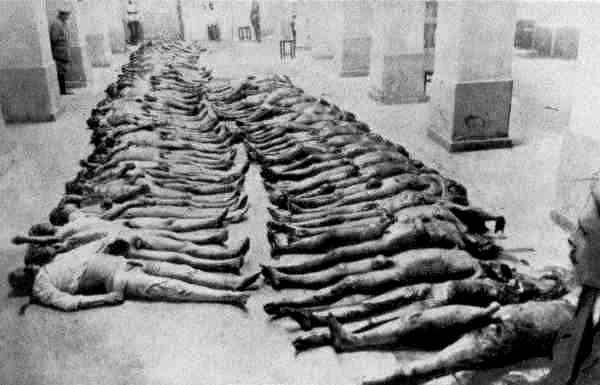Through the Memorial to the Victims of Communism and of the Resistance at Sighet, Romania, Ana Blandiana and Romulus Rusan’s efforts helped bring to light the horrors of communism. Their work began in 1993 as a true labor of love with the acquisition of the Sighet Prison, which at the time was a condemned and “insalubrious ruin,” and they petitioned the Council of Europe to open the museum.
With funds from the Civic Academy Foundation and the International Centre for Studies of Communism, the former prison became the first museum of its kind in the world, dedicated to the victims of communism in Romania and other countries within the Iron Curtain.



